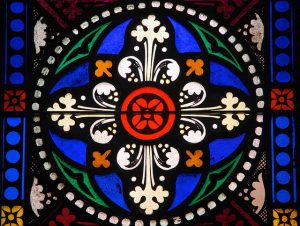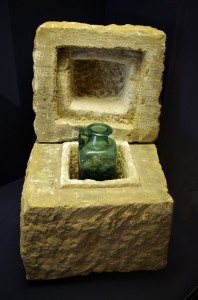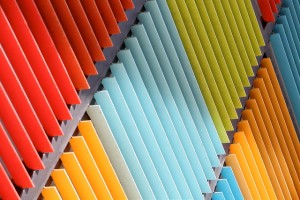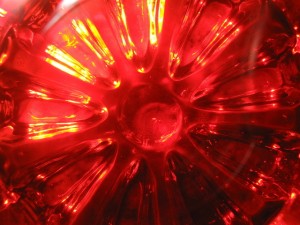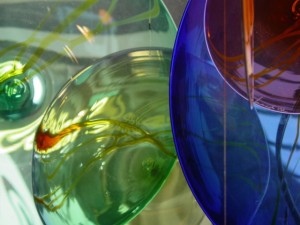Stained Glass Inspires Computer Game
Artists have used stained glass for years to inspire both themselves and their admirers, so it doesn’t come as a surprise that software developers at Mangatar would turn to stained glass as a motif for their latest computer game, Little Briar Rose.
The cross-platform point-and-click fantasy adventure game uses “stained glass” visuals throughout the game, which is populated by fairies, gnomes, wizards and princesses. The stained glass style was chosen to give the game an “ancient fairy tale” feel.
Creating a computer simulation of stained glass is complex, but computer developers don’t face the same challenges that artists who make genuine stained glass do. Lately, stained glass artisans have been working to confront the fact that their chosen medium can carry some serious environmental risks.
The deep, vibrant colors that are characteristic of stained glass come from heavy metals and toxic compounds like arsenic, cadmium, chromium, selenium and lead. Further, typical stained glass windows use lead beading to hold the colored glass pieces and create the classic stained glass look.
The raw materials for stained glass and furnaces willing to make stained glass are becoming more scarce. Artists are always looking for alternative media that enable them to create similar works more safely.
Glass paint can be an ideal substitute for traditional stained glass. The range and depth of glass paint colors is amazing. Painted glass has been an art form for hundreds of years. In fact, many “stained” glass windows are actually painted glass.
Modern glass paints, like Glassprimer™ glass paint are engineered to bond to glass surfaces permanently. This eliminates the need to fire the paint once it has been applied to the glass. Glassprimer™ glass paint is also translucent and UV resistant, so light will filter through it, and the colors won’t fade, even in direct sunlight.
Please visit our site to learn more about Glassprimer™ glass paint.
Photo Credit: Steven Snodgrass, via Flickr.com

